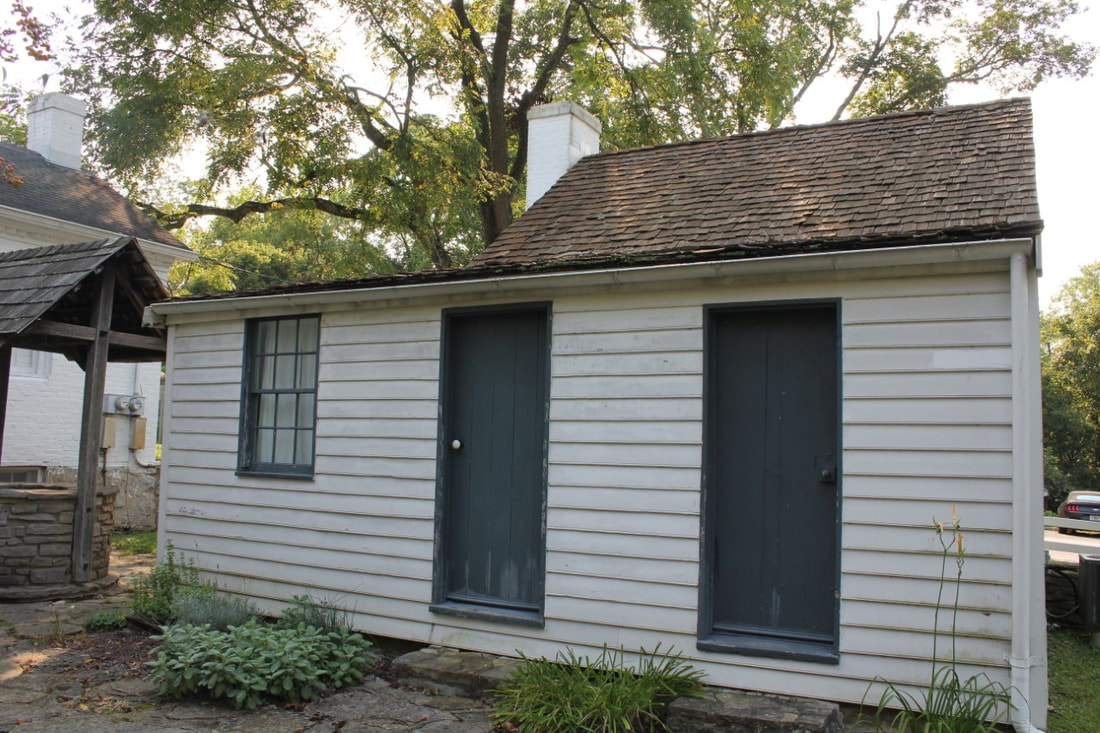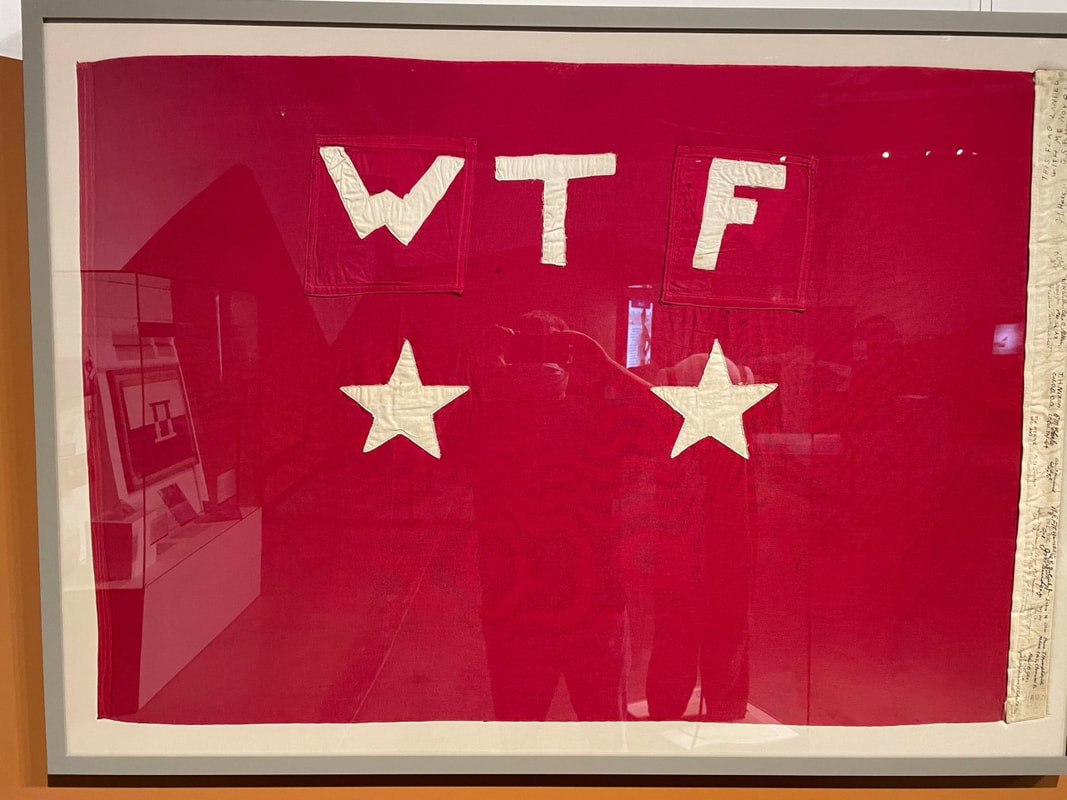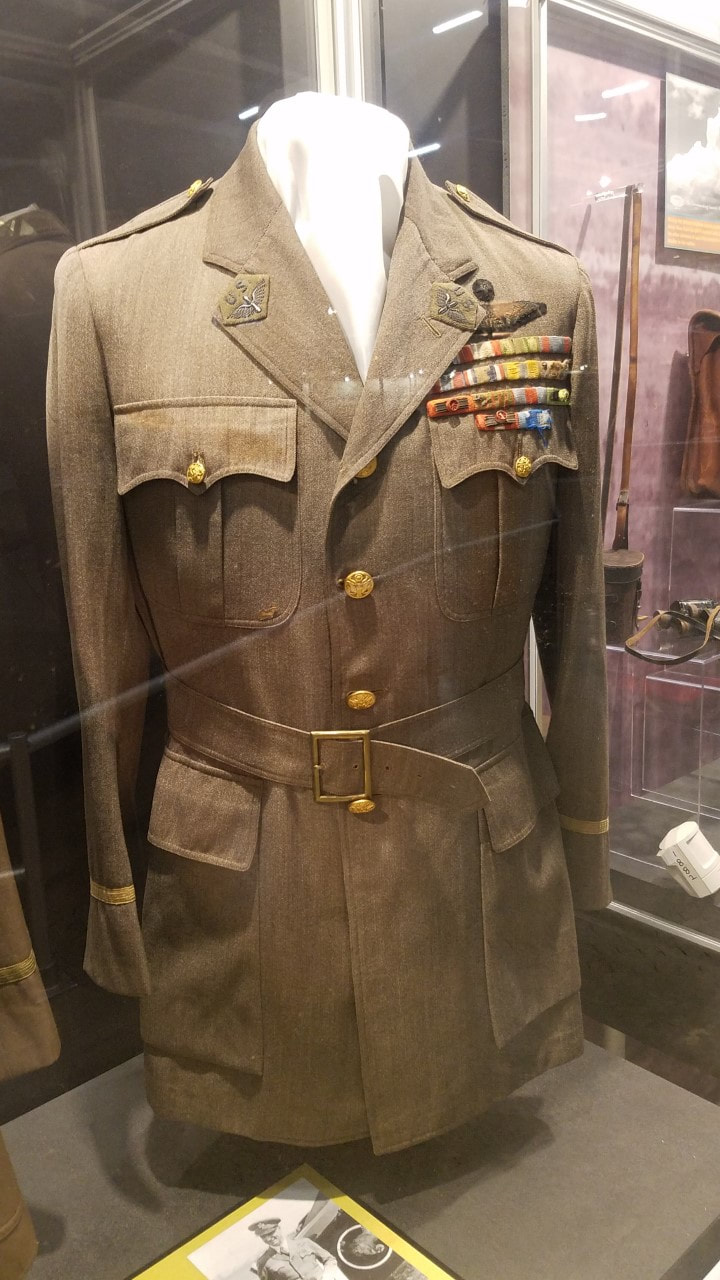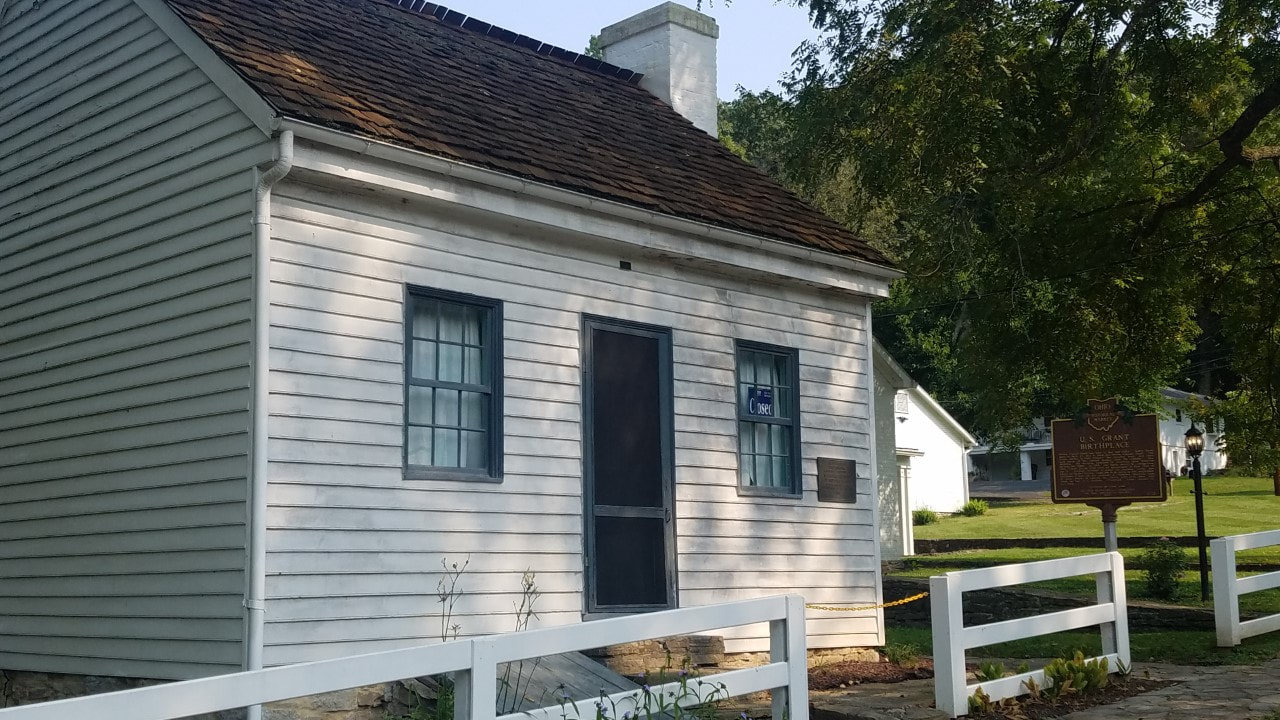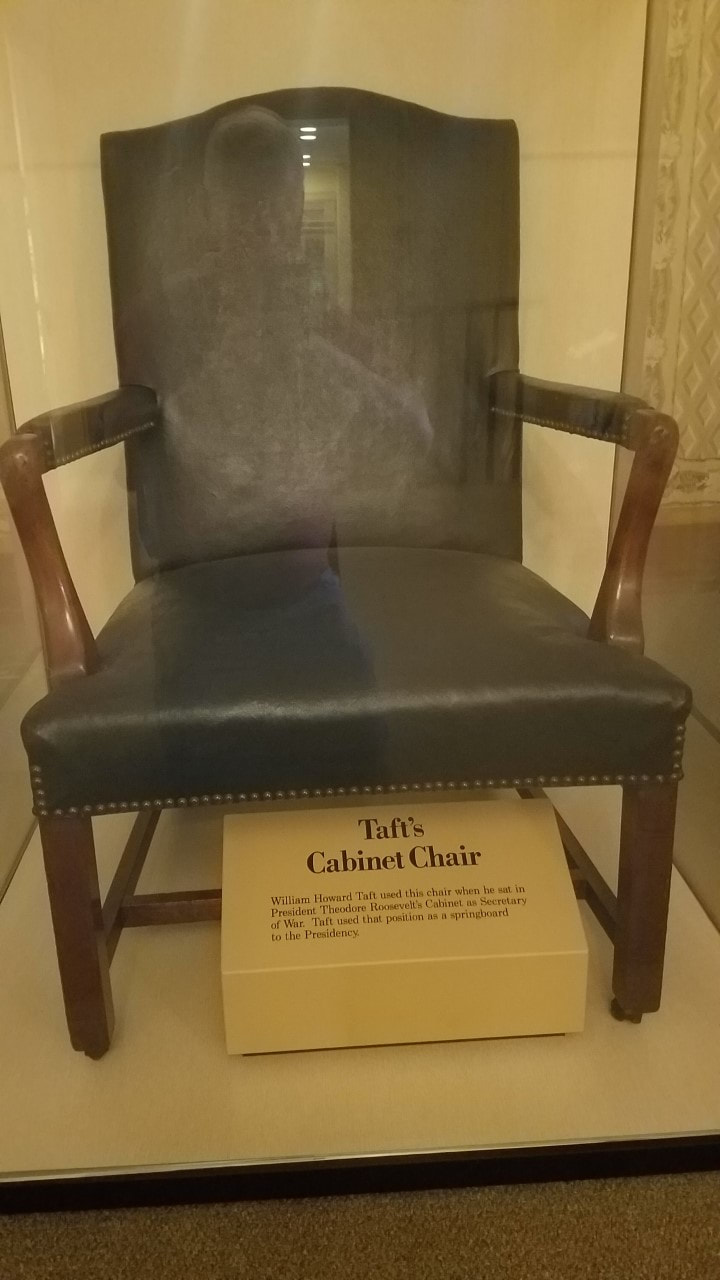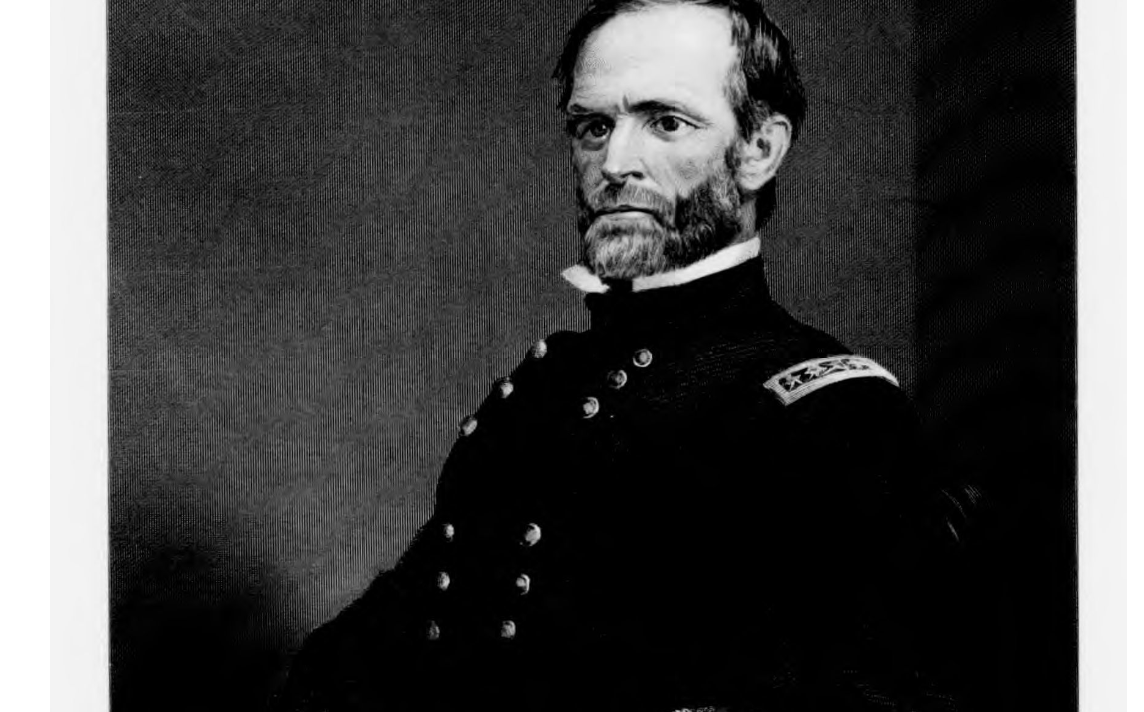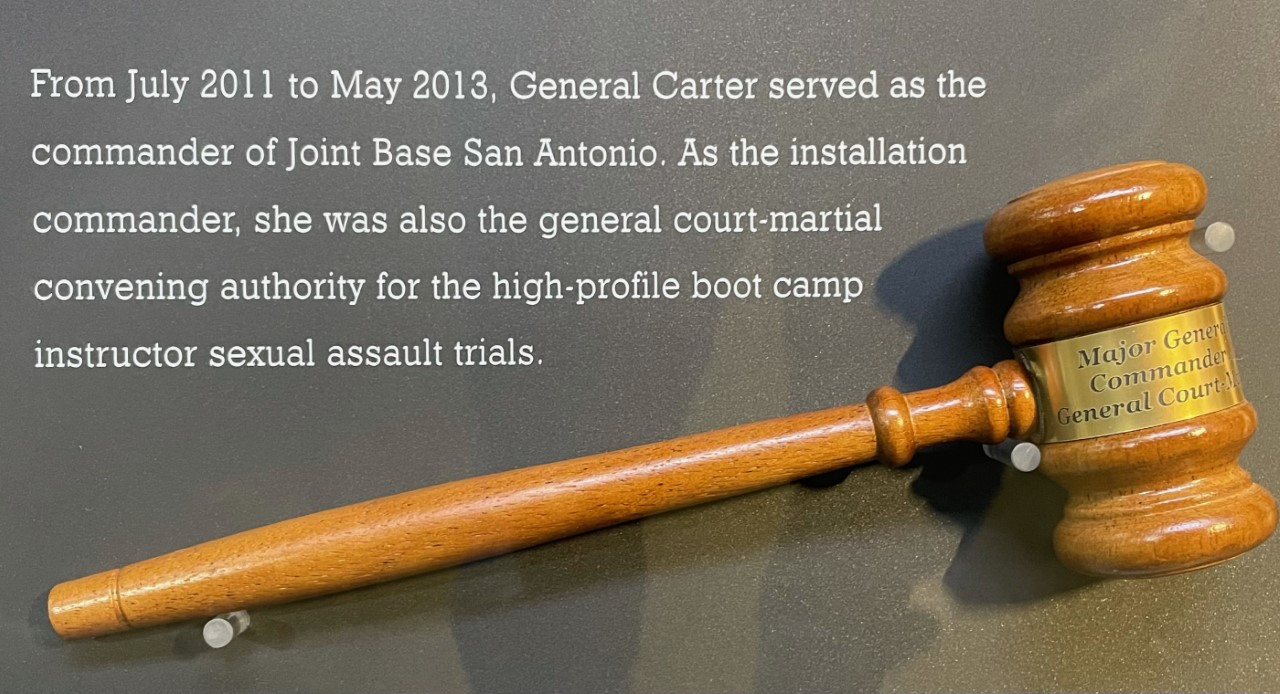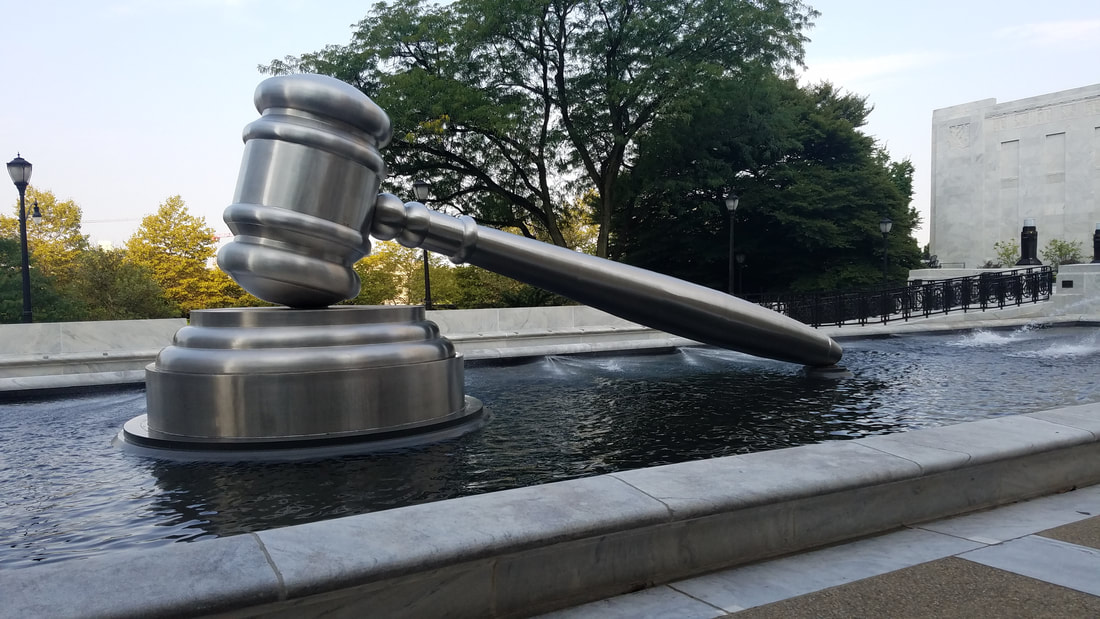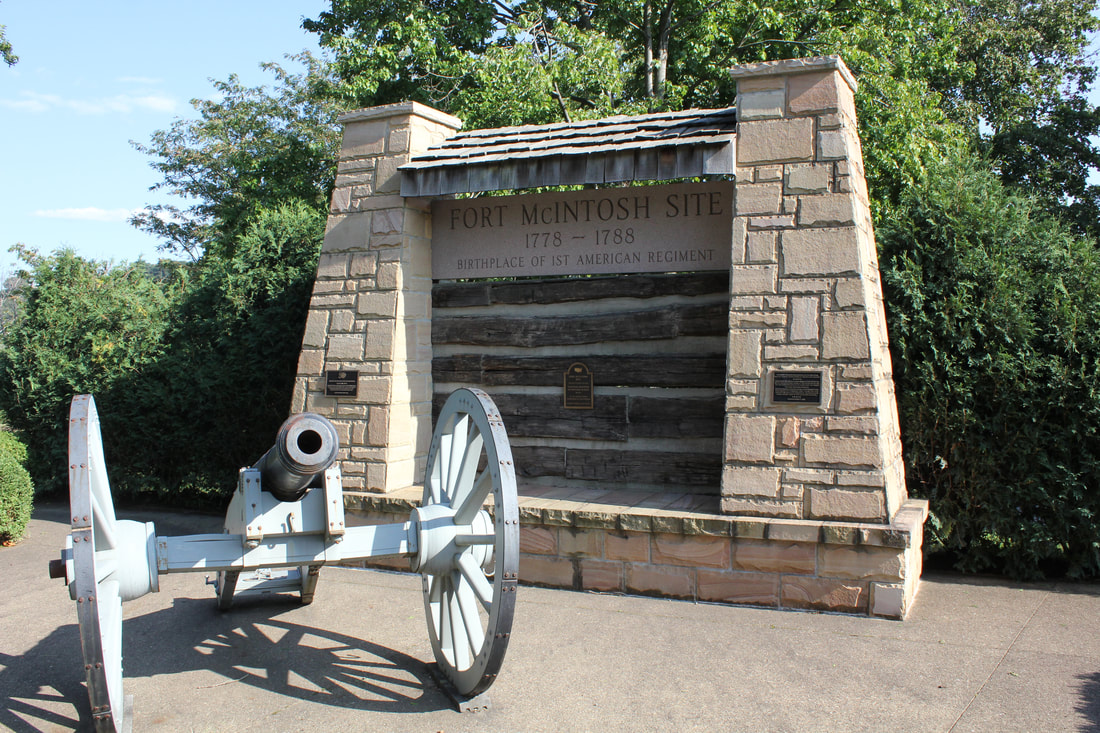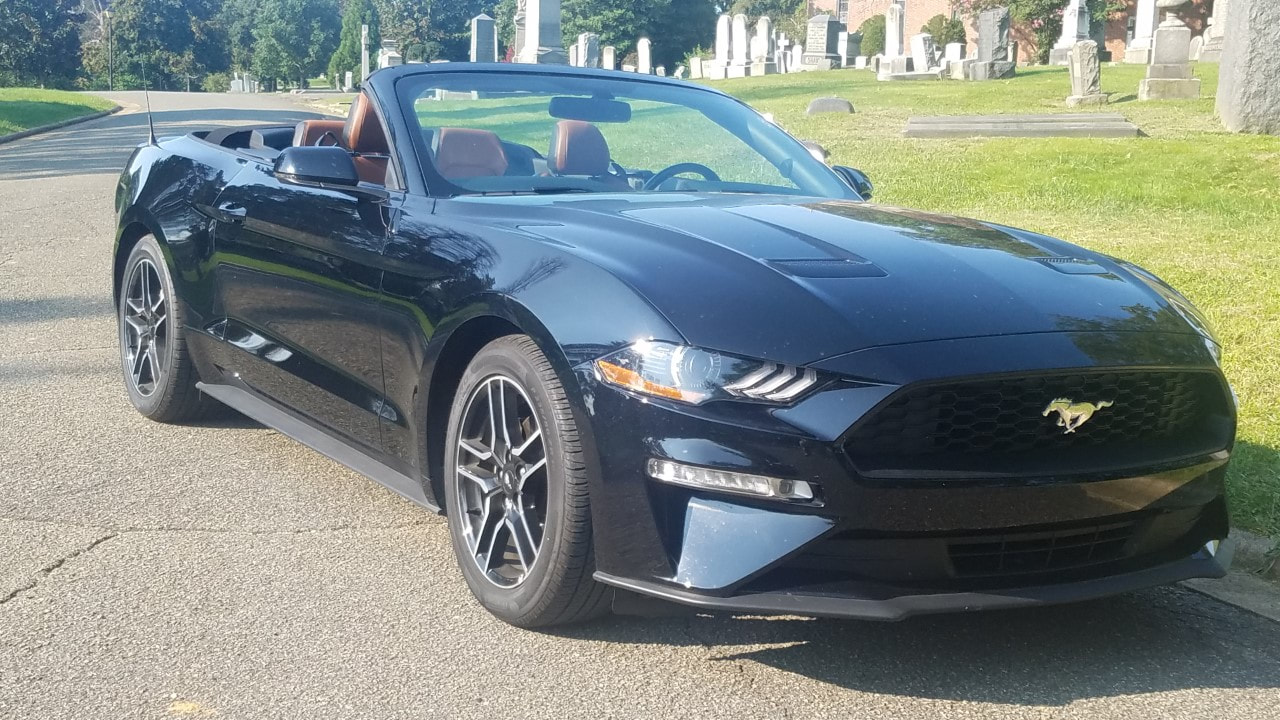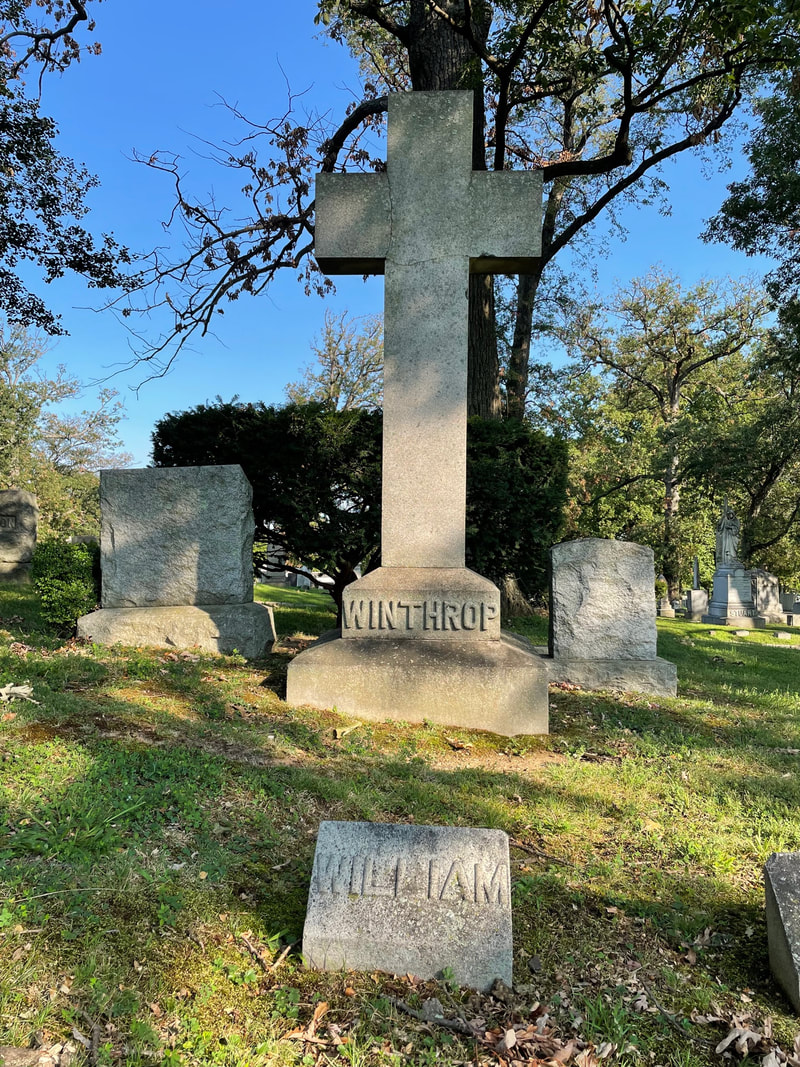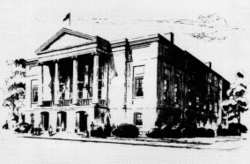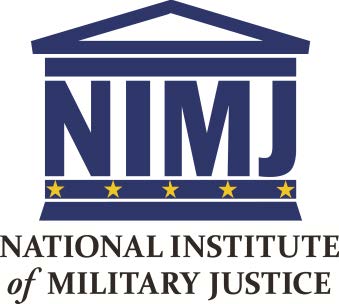|
Brian Finucane, U.S. Recognition of a Commander’s Duty to Punish War Crimes, 97 International Law Studies 995 (2021).
"This article explores the United States' recognition of the doctrine of command responsibility. The doctrine has been invoked by those alleging that President Trump’s pardons of U.S. personnel convicted or accused of war crimes could amount to war crimes themselves. The article focuses on a commander’s duty to punish war crimes by his subordinates. It examines the United States’ past recognition of the duty to punish as an element of command responsibility under the law of war. The principle that a commander has an obligation to punish war crimes by his subordinates is not a progressive development of the law promoted by the advocacy community. Instead, the duty to punish stands out as an ancient legal norm interwoven into the domestic law of the United States and which the United States has incorporated into international legal instruments. The lesson from this history is clear, if not always appreciated: commanders who fail to punish their subordinates for war crimes may themselves be war criminals." CAAF upheld an MJ's ruling that certain hearsay statements were not admissible under the "forfeiture of wrongdoing" exception to the hearsay rule. Read the opinion here.
"On an Article 62, UCMJ, appeal, the lower court is not authorized to make factual determinations to support a simple difference of opinion between it and the military judge." Why "Contingencies of Proof?" precisely no one has asked. This picture provides the answer. Our tour of military justice heritage sites has taken us to Kentucky. Bourbon has been consumed. The higher the standard of proof, the more candid our posts.
[Standard disclaimer: This post is made purely in my personal capacity. It should not be imputed to anyone or anything else.] In this house at Point Pleasant, Ohio, on April 27, 1822, Hiram Ulysses Grant was born. As an uncharacteristically clever historical marker at the site explains, “Grant later attended the military academy at West Point, where his name was changed to Ulysses S. Grant due to an administrative error. The army informed Grant that this was and would remain his name.” The “Contingencies of Proof” road trip is a journey to explore military justice history. Grant offers numerous tie-ins. But rather than concentrating on Grant’s time as a general officer, this post explores his exercise of the pardon power while serving as the United States’ 18th President. A general order issued on Oct. 10, 1873, announced that President Grant “commands it to be made known that all soldiers who have deserted their colors, and who shall, on or before the 1st day of January, 1874, surrender themselves at any military station, shall receive a full pardon, only forfeiting the pay and allowances due them at the time of desertion; and shall be restored to duty without trial or punishment on condition that they faithfully serve through the term of their enlistment.” Reprinted in 20 Op. Atty’ Gen. 330, 345 (1892). The persistent problem of desertion is a thread running through this road trip. At our first stop in Beaver, Pennsylvania, we saw Major Wyllys use a big stick to address the problem: he ordered that three captured deserters be summarily executed. Secretary of War Henry Knox described that display “as a terror to the rest of the troops.” 30 J. Continental Congress 433 (1786). The executions apparently produced the desired general deterrent effect; Major Wyllys reported to Secretary Know that “[n]o desertions have happened since.” Id. at 120. General Grant, on the other hand, used the carrot: pardon and restoration to those deserters who would return to duty. Grant was far from the first former general to use the pardon power in a military context as President. That distinction belongs to President Washington. On July 26, 1796, Secretary of War James McHenry wrote a remarkable letter to President Washington. It concerned a court-martial conviction of Lieutenant Simon Geddes (sometimes spelled “Geddis”), though the offense of which he was convicted is, unfortunately, not mentioned. He noted that he had received a request from officers at West Point to release Geddes from arrest. Secretary McHenry cited article II, § 2 of the Constitution as providing the President with a pardon power that extended to court-martial convictions, adding that “Congress cannot pass any regulations for the government of the land and naval forces which may intrench upon, invalidate or nullify this power to pardon offences against the United States.” On August 12, 1796, Washington issued the first presidential pardon for a court-martial conviction. He wrote: “Whereas at a General Court Martial held at West Point, May 12th, 1796, for the trial of Lieutenant Geddes, of the Corps of Artillerists and Engineers, . . . the Court sentenced the said Lieutenant Geddes, to be dismissed from the service of the United States. Be it known that I George Washington, President of the United States in consideration of the youth and inexperience of Lieutenant Geddes and for divers other good causes, have thought fit to pardon, and hereby do pardon, Lieutenant Geddes aforesaid, of the offence whereof he has been convicted, and do declare that the sentence of the Court aforesaid be hereafter held as nought, and that the said Lieutenant Geddes be reinstated in his command in the Corps of Artillerists and Engineers.” There is a lot more to the story of Lieutenant Geddes. Later that same year, he fought a duel with another lieutenant arising from his court-martial conviction. Geddes shot his adversary in the chest, killing him instantly. For that, Geddes was dismissed from the Army. In contrast to the brevity of Lieutenant Geddes’ Army career, the President’s authority to exercise the pardon power for military offenses, first exercised in his case, lives on. And as in the case of President Grant’s pardon of Army deserters, it would sometimes be exercised even before a conviction. The exercise of that pardon power has, at times, been controversial. President Grant’s exercise of that authority demonstrated its utility when properly used. The TravellersToday’s first stop was at the boyhood home of William Howard Taft—the only person to serve as Commander-in-Chief and Chief Justice of the United States. As Chief Justice, Taft was deferential toward military processes. The case of Rogers v. United States, 270 U.S. 154 (1926), is illustrative. Faced with the requirement to reduce the size of the Army after World War I, Congress devised a scheme to sort officers into two classes. Class A officers were retained on active duty. Class B officers were sent home, but not before having an opportunity to tell a five-officer court of inquiry why he should be retained. The court’s decision, however, was only advisory. Major Rogers, a Class B artillery officer, was a party to such a court of inquiry. He testified on his own behalf, as was his right under the statute, and had a slew of officers standing by to testify for him too. Midway through his testimony, however, the presiding officer told him, “That will be all.” When Rogers’s counsel attempted to call witnesses, the presiding officer wasn’t having it. Chief Justice Taft recounted the exchange thus: “‘It is the suggestion of the court, merely a suggestion, you understand, that counsel rest his case.’ Counsel for the plaintiff thereupon stated to the court that he had more evidence that he desired to submit, whereupon the presiding officer stated: ‘I wish to repeat that it is the suggestion of the court that counsel rest his case.’ Thereupon the counsel for the plaintiff again stated to the court that he had other evidence, and that there were six witnesses in the building whom he desired to call, and a seventh witness who was in the city and waiting to be called by telephone. The presiding officer thereupon stated emphatically, striking his hand forcibly on his desk: ‘I wish to reiterate that it is the suggestion of the court that counsel rest his case.’ The plaintiff thereupon closed his case. At the time, plaintiff had, in the same building wherein the court was sitting, six witnesses, and a seventh witness, an army officer, waiting to be notified by telephone to appear.” 270 U.S. at 158-59. Apparently the court’s prickly attitude toward receiving evidence wasn’t rooted in antipathy toward Major Rogers. The court found that Rogers should be retained. The Army disagreed, however, and put Rogers on the retired list. Rogers went to the Court of Claims and then the Supreme Court. Chief Justice Taft was dismissive of Rogers’s claim that the court had wrongly curtailed his right to present evidence: “He had counsel who presumably knew his rights under the statute, and if such evidence was deemed material and important, we must assume that the counsel would have asserted his right and insisted on the production of the evidence.” 270 U.S. at 162. I think most counsel, in the face of a general officer pounding the table and telling him to wrap up, would decide to rest. But such is waiver. The Travellers[Standard disclaimer: This post is made purely in my personal capacity. It should not be imputed to anyone or anything else.] A formative event in Air Force history occurred more than two decades before that Service was even born: the court-martial of Colonel Billy Mitchell. The humongous National Museum of the United States Air Force at Wright-Patterson Air Force Base gives due homage to that signal military justice proceeding. Mitchell was a flamboyant and talented pilot and leader of aerial combat units during World War I. The 1,481 U.S. and Allied airplanes that fell under his command performed impressively – and with elan. That alone would have made Mitchell one of the Air Force’s founding fathers. That status was cemented when, after the war, he became an evangelist for the gospel of air power. Immediately after World War I, he was assigned as the Army’s deputy chief of staff—a perch from which he advocated for expanded use of aircraft in combat. In 1925, after a series of tests demonstrated airplanes’ ability to sink a battleship, Mitchell reverted to his permanent grade of colonel and was assigned to duty at San Antonio, Texas. Feeling sidelined, the flashy aviator made provocative pronouncements that returned him to the public view. After a Navy dirigible was torn to pieces in a thunderstorm – killing 14 – and a Navy PN-9 demonstration flight went horribly awry, Mitchell loosed a verbal salvo. “These accidents,” said Mitchell, “are the direct result of the incompetency, criminal negligence, and almost treasonable administration of the national defense by the Navy and War Departments.” “All aviation policies, schemes, and systems are dictated by nonflying officers of the Army or Navy who know practically nothing about it,” he continued. “The lives of the airmen are being used merely as pawns in their hands. … Officers and agents sent by the War and Navy Departments to Congress have almost always given incomplete, misleading, or false information about aeronautics.” Four days later, he launched a reattack. “If the department does not like the statement I made, let them take disciplinary action as they see fit, according to their judgment, court-martial or no court-martial. … The investigation that is needed is of the War and Navy Departments and their conduct in the disgraceful administration of aviation.” President Calvin Coolidge was livid. Mitchell was soon facing a general court-martial for eight specifications of violating Article 96 of the Articles of War – Article 134’s predecessor. The court-martial members included Douglas MacArthur. The prosecution’s case was completed in a day. But the trial would last another six weeks. It became the Scopes Monkey Trial of the doctrine of strategic air power. Witnesses for the defense included legendary commander of the 94th Aero Squadron Eddie Rickenbacker and then-39-year-old Major Hap Arnold. Mitchell himself took the stand and was subjected to effective cross-examination by Major Allen W. Gullion. After deliberating for less than three hours, the members found him guilty. According to later reports, Douglas MacArthur was the lone dissenter. The court-martial sentenced him to be suspended from duty for five years, but President Coolidge commuted that sentence to loss of half of his pay. Soon after the trial, Mitchell resigned from the Army. Mitchell’s view of air power has been largely vindicated, making him an Air Force martyr. The National Museum of the United States Air Force offers a shrine to his martyrdom. See generally John T. Correll, The Billy Mitchell Court-Martial, Air Force Magazine (Aug. 1, 2012), https://www.airforcemag.com/article/0812mitchell/ The TravellersThe program for Symposium: Thirty Years of Military Justice has now been announced, and an RSVP link is live.
View both here. Reminder: there are slots available for papers received through open submission by the end of this month at symposium@nimj.org The first of today's post cards from the road trip: Hiram Ulysses Grant's birthplace in Point Pleasant, Ohio. Today's second post card from the road trip: William Howard Taft's cabinet chair from his time as Theodore Roosevelt's Secretary of War, on display at his birthplace and boyhood home in Cincinnati. The TravellersThe National Museum of the Air Force has an odd sense of what’s noteworthy. Are you a two-star civil engineering officer who happened to refer some sexual assault cases to a GCM? Future generations will want to know what kind of uniform someone who would do such a thing wore. Yeah, that’s an inscribed gavel. Is that an Air Force thing—convening authorities with gavels? Did an Air Force SJA give this as an end-of-tour present or something? At any rate, commanders who refer charges to courts-martial may well be museum-worthy relics before we know it. The TravellersToday's first post card from the road trip: what is reputed to be the world's largest gavel, on the grounds of the Supreme Court of Ohio in Columbus. The TravellersAnd then there were 5 |
Links
CAAF -Daily Journal -Current Term Opinions ACCA AFCCA CGCCA NMCCA Joint R. App. Pro. Global MJ Reform LOC Mil. Law Army Lawyer Resources Categories
All
Archives
April 2022
|


